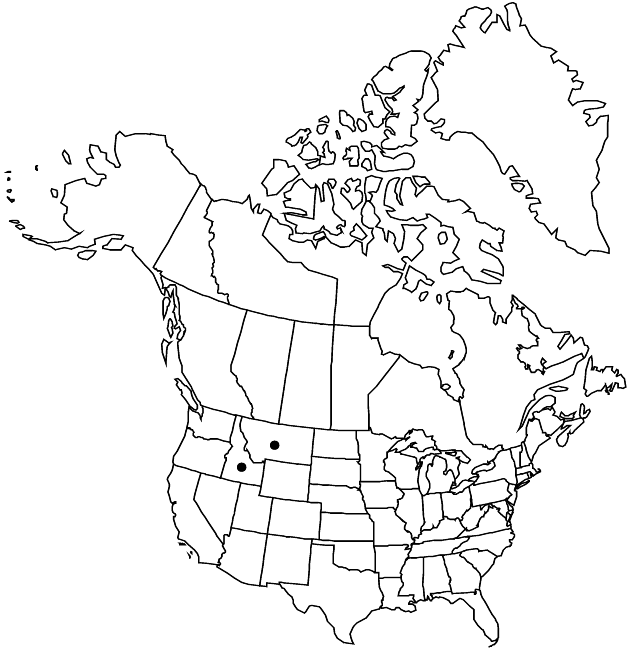Difference between revisions of "Stenotus lanuginosus var. andersonii"
Sida 21: 2093. 2005.
Endemic
Basionym: Stenotus andersonii Rydberg Bull. Torrey Bot. Club 27: 615. 1900
Synonyms: Haplopappus lanuginosus subsp. andersonii (Rydberg) H. M. Hall Haplopappus lanuginosus var. andersonii (Rydberg) Cronquist
Treatment appears in FNA Volume 20. Treatment on page 177.
imported>Volume Importer |
imported>Volume Importer |
||
| Line 64: | Line 64: | ||
|publication year=2005 | |publication year=2005 | ||
|special status=Endemic | |special status=Endemic | ||
| − | |source xml=https:// | + | |source xml=https://bitbucket.org/aafc-mbb/fna-data-curation/src/2e0870ddd59836b60bcf96646a41e87ea5a5943a/coarse_grained_fna_xml/V19-20-21/V20_386.xml |
|tribe=Asteraceae tribe Astereae | |tribe=Asteraceae tribe Astereae | ||
|genus=Stenotus | |genus=Stenotus | ||
Latest revision as of 20:02, 5 November 2020
Leaf blades usually greenish, villous to glabrous and capitate-glandular, or occasionally lanate. Peduncles villous to glabrous or occasionally lanate immediately proximal to heads, usually capitate-glandular. Mid phyllaries 1.3–2.2 (–2.4) mm wide, wholly green or margins narrowly scarious to 0.2 mm wide.
Phenology: Flowering late spring; fruiting early summer.
Habitat: Open pine forests, alpine meadows, and sagebrush steppe on granitic, basaltic, or seldomly calcareous soils
Elevation: 1200–3500 m
Distribution

Idaho, Mont. 2n = 18.
Discussion
Populations from west-central Idaho assigned to var. andersonii on the basis of phyllary width tend to be intermediate with the typical variety. Larger collections often turn up one or two eglandular individuals. Populations from Montana are frequently lanate and eglandular. They have been included in this variety based on phyllary characters alone.
Selected References
None.
Lower Taxa
None.